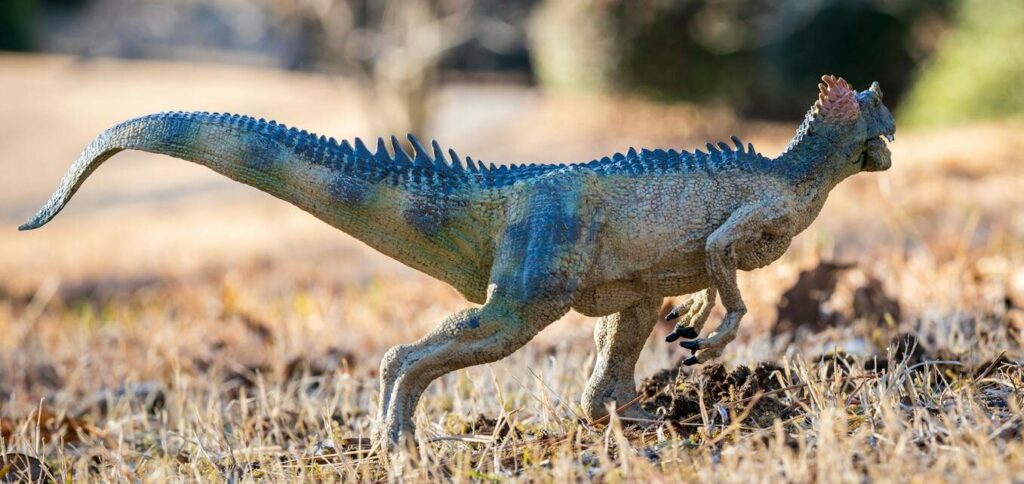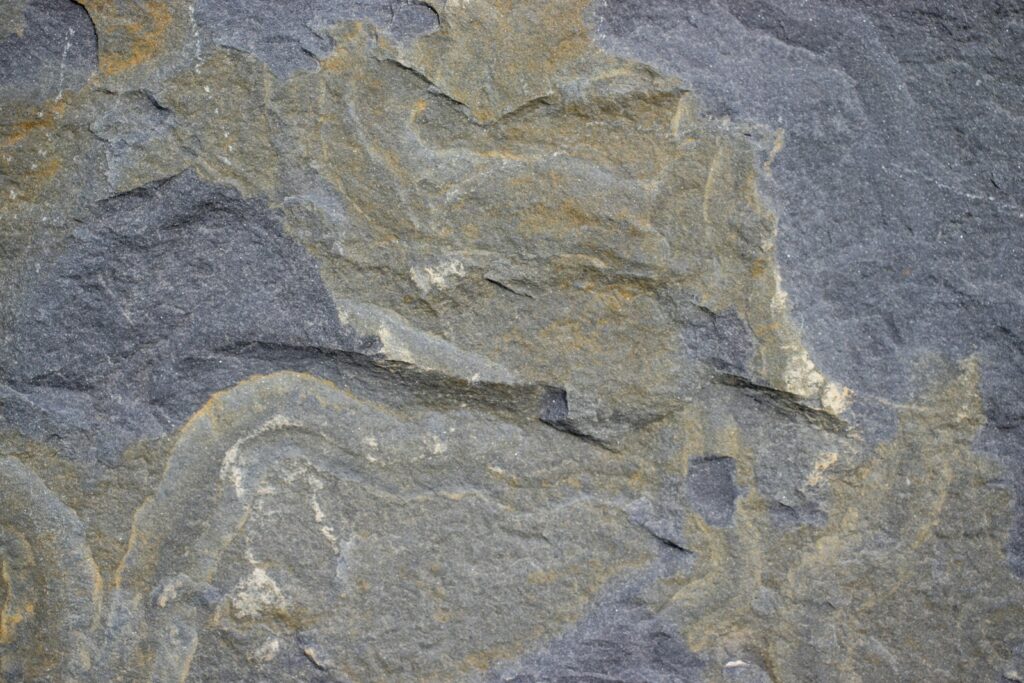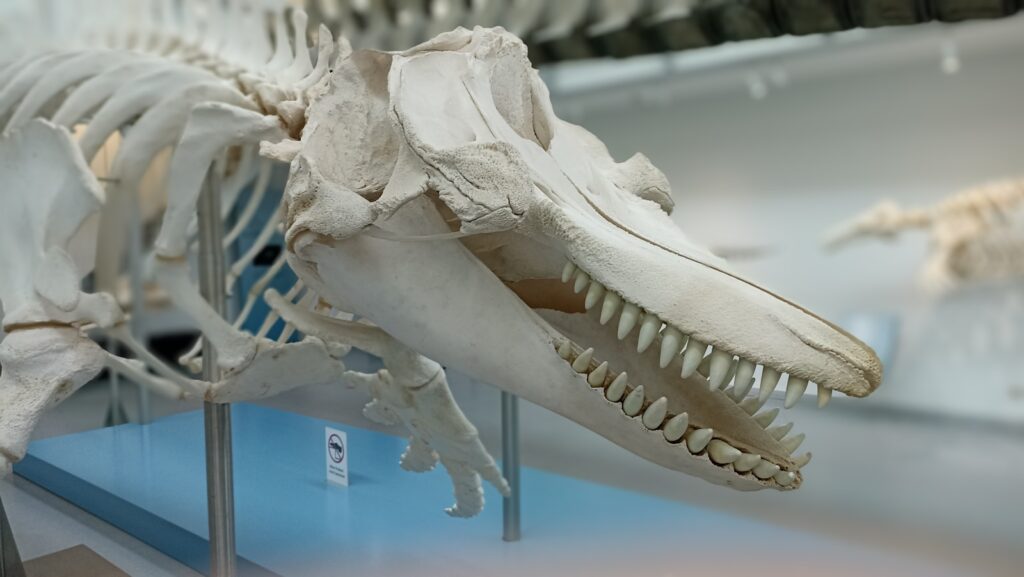Dinosaurs, those magnificent beasts that ruled Earth for over 165 million years, possessed anatomical features that continue to fascinate scientists and the public alike. Among their most distinctive characteristics were their tails—appendages that served multiple crucial functions throughout their evolutionary history. While popular culture often depicts dinosaur tails simply dragging behind these ancient creatures, paleontological evidence reveals a far more complex and functional reality.
Dinosaur tails were sophisticated structures that evolved for specific purposes, with two primary functions standing out: balance and defense. This article explores the remarkable ways dinosaurs utilized their tails, examining the evidence for these different functions across various dinosaur species and what these adaptations tell us about dinosaur behavior, locomotion, and survival strategies.
The Anatomical Structure of Dinosaur Tails

Dinosaur tails were complex structures composed of numerous caudal vertebrae—sometimes numbering over 80 individual bones in certain species. These vertebrae typically decreased in size toward the tip of the tail, creating a gradually tapering structure that could constitute up to half of the animal’s total length. The vertebrae were connected by joints that allowed varying degrees of flexibility, depending on the dinosaur species and its evolutionary adaptations. Supporting these bones were intricate networks of muscles, tendons, and ligaments that provided both strength and mobility.
Notably, the tail musculature could be extremely robust, particularly in species that used their tails actively for balance or as weapons. CT scans and fossil analyses have revealed that some dinosaurs had specialized neural spines and chevrons (V-shaped bones beneath the vertebrae) that anchored powerful muscles, indicating the critical importance of tail function to these animals’ survival strategies.
Tails as Counterbalances in Bipedal Dinosaurs

For bipedal dinosaurs like Tyrannosaurus rex and Velociraptor, tails served as crucial counterbalances that made their upright posture possible. These theropod dinosaurs had relatively massive heads and torsos positioned in front of their hip joints, creating a forward-heavy distribution of body mass that would have caused them to topple forward without compensation.
Their long, muscular tails extended behind the hip joints, effectively counterbalancing the anterior weight and allowing these predators to maintain their characteristic bipedal stance. Biomechanical studies have demonstrated that the tail’s position could be actively adjusted during movement to shift the animal’s center of gravity. This dynamic balancing system was particularly important during rapid direction changes and prey pursuit, where maintaining stability was critical for hunting success.
Some paleontologists have suggested that the tail’s counterbalancing function was so refined that it may have contributed to the remarkable agility observed in certain medium-sized theropods.
Tails for Locomotion in Aquatic Dinosaurs

While not true dinosaurs, marine reptiles like ichthyosaurs and mosasaurs (often mistakenly grouped with dinosaurs) employed their tails in ways that provide valuable comparative insights. These marine creatures evolved tails specifically adapted for propulsion through water, with vertebral structures that supported side-to-side undulation as their primary swimming mechanism. Among actual dinosaurs, there’s compelling evidence that some semi-aquatic species like Spinosaurus had tails adapted for aquatic locomotion.
Recent discoveries revealed that Spinosaurus possessed a tall, paddle-like tail structure with elongated neural spines that would have created an effective propulsive surface in water. This revolutionary finding, published in 2020, upended previous conceptions about dinosaur lifestyles and demonstrated how tail adaptations could open up new ecological niches. The hydrodynamic efficiency of these specialized tails suggests that some dinosaurs were far more comfortable in aquatic environments than previously believed, perhaps spending significant portions of their lives hunting in water.
Defensive Weapons: The Club-Tailed Ankylosaurs

Perhaps the most dramatic example of a defensive tail adaptation belongs to the ankylosaurs, particularly members of the Ankylosauridae family. These heavily armored dinosaurs possessed a remarkable tail club—a specialized structure consisting of fused vertebrae and large, bony knobs at the tail’s end. This osteodermal club functioned as a formidable weapon, capable of delivering devastating blows to potential predators.
Paleontological analysis of these structures indicates they were specifically evolved for combat; the handle portion of the club featured interlocking vertebrae that created a rigid structure capable of transferring force effectively to the impact point. Biomechanical studies suggest that an ankylosaur could swing its tail club with sufficient force to break bones, potentially deterring even large predatory dinosaurs like Tyrannosaurus rex.
Interestingly, fossil evidence indicates that tail clubs developed gradually throughout ankylosaur evolution and varied in size between species, suggesting that this defensive adaptation underwent refinement over millions of years in response to predation pressure.
Whip-Like Tails for Defense and Communication

Diplodocid sauropods like Apatosaurus and Diplodocus possessed extraordinarily long tails that tapered to whip-like proportions at their tips. These impressive structures, sometimes exceeding 45 feet in length, featured unusual “double beam” vertebrae near the base that provided stability while allowing the distal portion to remain highly flexible. Biomechanical analysis suggests these tails could potentially be cracked like whips, possibly generating supersonic sounds that might have deterred predators or served communication purposes within herds.
The physics of these potential tail cracks has been studied using computer models, with some research suggesting that the tip of a diplodocid tail could exceed the sound barrier, creating a sonic boom when snapped. While direct evidence of such behavior remains elusive, the specialized anatomy strongly suggests these tails evolved for more than simple balance. Alternative theories propose these elongated tails may have been used for gentle defensive swatting or as physical barriers arranged around vulnerable young sauropods to protect them from smaller predators.
Stegosaurus: The Iconic Thagomizer

Stegosaurus presents one of the most recognizable examples of a specialized defensive tail weapon, possessing a cluster of large, upright spikes at the end of its tail—a structure whimsically dubbed the “thagomizer” after a 1982 Far Side cartoon. These formidable spikes, which could reach up to three feet in length, were composed of bone covered with a keratin sheath, creating sharp, durable weapons. Fossil evidence strongly supports the defensive function of these spikes, with one remarkable specimen of Allosaurus showing a puncture wound that perfectly matches a Stegosaurus tail spike.
The articulation of the tail vertebrae suggests Stegosaurus could swing its tail with considerable lateral flexibility and precision, potentially delivering devastating blows to predators that approached from behind. Some paleontologists have noted that the thagomizer appears overdesigned for simple defense, suggesting it may have also played roles in intraspecific competition or display behaviors during mating seasons, though these functions would have been secondary to its primary role as a defensive adaptation.
Tail Adaptations for Species Recognition

Beyond mechanical functions, dinosaur tails likely served important roles in species recognition and social signaling. Many hadrosaurids (duck-billed dinosaurs) possessed distinctive tail shapes and proportions that might have helped individuals identify members of their own species from a distance. Paleontological evidence suggests that some dinosaurs, particularly ornithischians like Psittacosaurus, had specialized tail bristles or quills that may have been colorfully displayed. These structures, while potentially offering minimal physical protection, would have created visually distinctive silhouettes that could facilitate group cohesion in mixed-species environments.
Recent studies of exceptionally preserved specimens have revealed evidence of melanosomes—cellular structures that contain pigment—in some tail structures, suggesting dinosaurs may have exhibited vibrant tail coloration patterns. Such visual signals could have been critically important during migration, mating seasons, or when establishing territory, functioning similarly to the distinctive coloration patterns observed in modern birds, the living descendants of theropod dinosaurs.
Evolutionary Trade-offs in Tail Function

The diverse adaptations of dinosaur tails represent fascinating evolutionary trade-offs between different potential functions. A tail optimized for one purpose often came with limitations for others, revealing how natural selection shaped these structures in response to specific ecological pressures. For instance, the heavily armored, club-bearing tails of ankylosaurs provided formidable defense but reduced these dinosaurs’ mobility and speed compared to their less-encumbered relatives. Similarly, the stiffened tails of many theropod dinosaurs provided excellent balance for bipedal running but limited their flexibility for use as striking weapons.
These trade-offs are particularly evident in the transition from non-avian to avian dinosaurs, where tails became progressively shorter and less vertebrae-laden as they evolved into the compact, feathered tails of modern birds. This evolutionary progression demonstrates how tail function shifted from primarily balance and defense toward flight stabilization and display, highlighting the remarkable adaptability of these structures across dinosaur phylogeny.
Tails as Thermal Regulators

An often-overlooked function of dinosaur tails may have been thermoregulation, particularly in larger species that faced challenges managing body temperature. The extensive surface area provided by a long tail could have served as an effective radiator for dissipating excess body heat, especially in sauropods and other gigantic dinosaurs that risked overheating due to their massive body volume. Vascular evidence from some well-preserved fossils suggests enhanced blood supply to tail tissues in certain species, potentially indicating adaptation for heat exchange.
This thermoregulatory function would have been particularly important for dinosaurs living in warm, equatorial environments or those with elevated metabolic rates. Conversely, tails could also have helped conserve heat when needed, with postures that minimized exposure or maximized solar absorption, similar to how some modern reptiles position their bodies for temperature regulation. Some paleontologists have proposed that the elaborate sail-like structures along the tails of dinosaurs like Spinosaurus might have served dual purposes: visual display and temperature control, allowing these animals to fine-tune their body temperature in varying environmental conditions.
Evidence from Trackways and Behavior

Dinosaur trackways provide valuable insights into how these animals carried and utilized their tails during locomotion. The absence of tail drag marks in the vast majority of dinosaur trackways indicates that most species held their tails aloft while walking or running, rather than dragging them on the ground as depicted in older reconstructions. This elevated tail posture is consistent with active use for balance rather than passive trailing.
In some exceptionally preserved trackways, subtle impressions beside the footprints suggest tail movements that synchronized with locomotion, providing evidence of dynamic tail utilization during movement. Computer modeling of dinosaur locomotion based on these trackways has demonstrated how tail movements likely complemented limb motion, enhancing stability during both slow walking and rapid running.
Additionally, rare behavioral fossils—such as specimens preserved while sleeping or nesting—show dinosaurs with their tails curled around their bodies, suggesting these appendages may have also served ancillary functions in posture regulation during rest and possibly in protecting nests from environmental elements or small predators.
Modern Analogues: What Living Relatives Tell Us

Birds, as living dinosaur descendants, offer critical insights into dinosaur tail function despite their highly modified tail structure. Modern birds possess a pygostyle—a fused set of terminal vertebrae that supports tail feathers—representing the culmination of a dramatic evolutionary reduction from the long, vertebrae-rich tails of their non-avian ancestors.
Despite this transformation, birds’ tails maintain crucial functions in flight control, balance, and display that echo the multi-purpose nature of ancestral dinosaur tails. Crocodilians, representing the other major surviving archosaur lineage, utilize their muscular tails for swimming propulsion and as formidable defensive weapons, functions likely shared with many of their dinosaur relatives.
Behavioral observations of modern reptiles like iguanas demonstrate how tails can serve multiple functions simultaneously—balance during climbing, fat storage for nutritional reserves, and whip-like defense against predators. These contemporary analogues provide valuable reference points for interpreting the fossil evidence of dinosaur tail function, helping paleontologists bridge the gap between static fossilized remains and the dynamic behaviors of living animals.
Future Research Directions

The study of dinosaur tail function continues to evolve with new technologies and discoveries expanding our understanding. Advanced biomechanical modeling using sophisticated computer simulations now allows researchers to test hypotheses about tail mechanics with unprecedented detail and accuracy. These models incorporate data from both the fossil record and living animals to create dynamic visualizations of how dinosaur tails might have moved and functioned.
New fossil discoveries, particularly from regions previously underrepresented in the paleontological record, like China and Argentina, continue to reveal surprising tail adaptations that challenge existing paradigms. Techniques like laser-stimulated fluorescence and synchrotron imaging are revealing previously invisible soft tissue impressions around tail fossils, providing direct evidence of musculature and other non-bony structures. As these technologies advance, researchers anticipate developing more nuanced understandings of how tail function varied across dinosaur life stages, between sexes, and in different environmental contexts.
Perhaps most excitingly, ongoing discoveries of exceptionally preserved specimens with skin impressions, color patterns, and other soft tissues promise to further illuminate not just how dinosaur tails worked mechanically but also how they appeared and functioned in the complex social and ecological landscapes of the Mesozoic world.
Conclusion

The remarkable diversity of dinosaur tail adaptations reveals these structures as far more than mere anatomical afterthoughts. Evolved over millions of years in response to specific ecological pressures, dinosaur tails served as sophisticated multi-functional tools critical to these animals’ survival strategies. From the counterbalancing tails of agile predators to the weaponized clubs of armored herbivores, these adaptations demonstrate nature’s ingenuity in repurposing basic anatomical structures for specialized functions.
The evidence indicates that most dinosaurs used their tails for both balance and defense, though the emphasis varied dramatically between species based on their ecological niches and evolutionary histories. As paleontological techniques continue to advance, our understanding of how dinosaurs utilized these impressive appendages will undoubtedly deepen, further illuminating the remarkable lives of these ancient beings.
The story of dinosaur tails serves as a powerful reminder that in the natural world, form follows function—and sometimes, as in the case of these versatile structures, multiple functions simultaneously.




